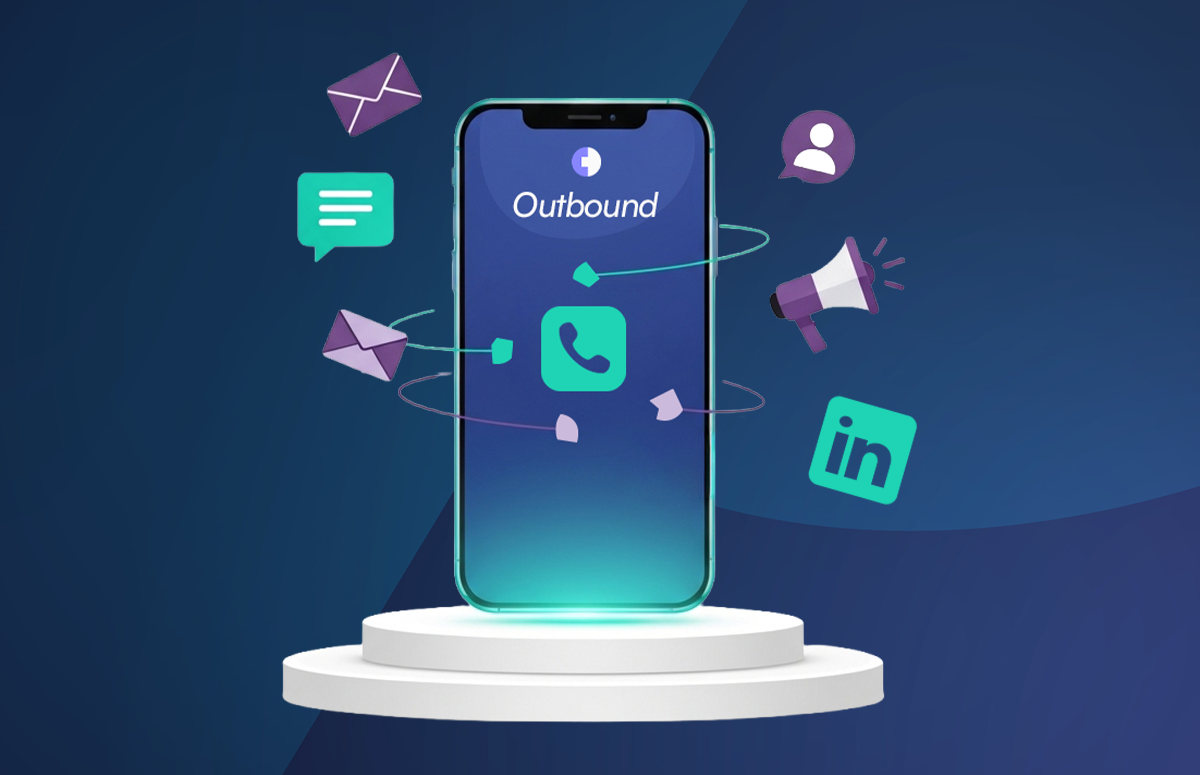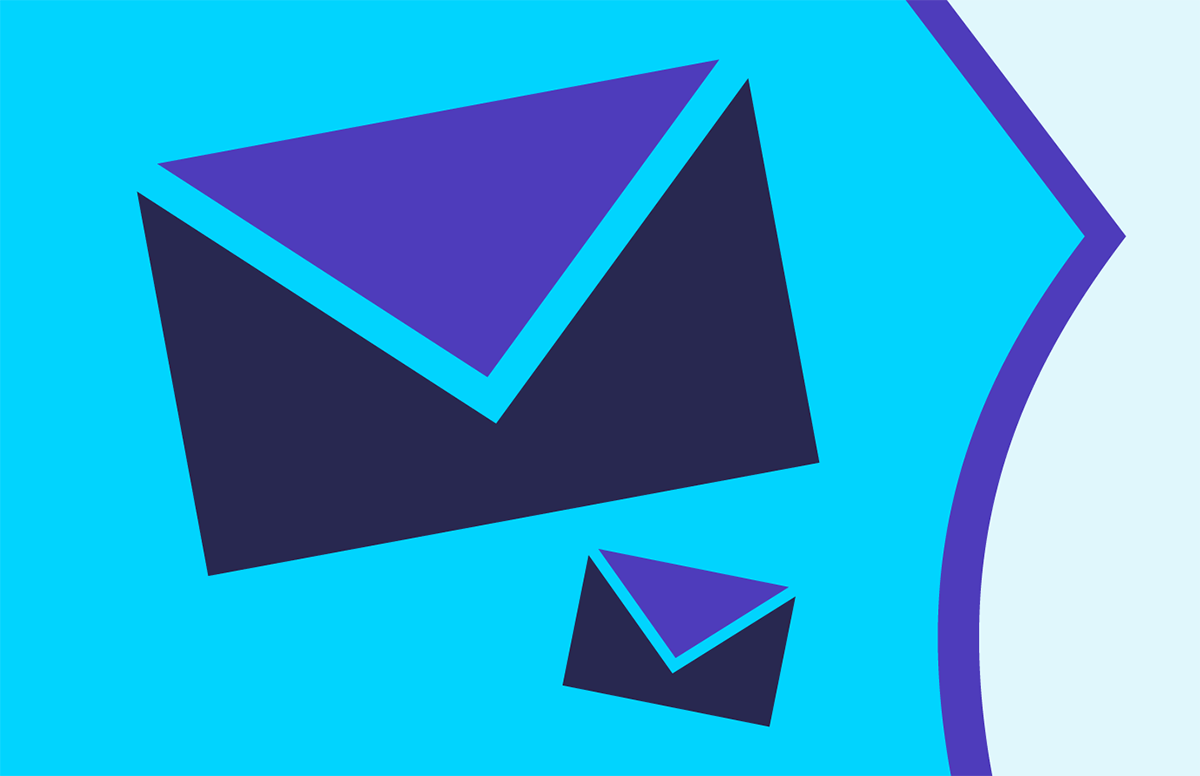How to Prioritise Sales Leads: 6 Top Tips
Are you swimming in a sea of sales leads, wondering where to focus your efforts and time for maximum results?
For sales professionals and business owners, the real struggle lies not in getting leads but in defining which ones are worth their time and attention. In fact, according to Hubspot’s research, 65% of businesses claim that generating traffic and leads is their biggest marketing challenge.
That’s where effective sales lead prioritisation comes in. It’s a powerful strategy that can skyrocket your sales performance and propel your business to new heights.
In today’s blog, we’ll uncover some steps to prioritise sales leads more effectively. Say goodbye to wasted efforts and time and hello to a more focused and fruitful sales journey.
Are you ready to take your sales lead management process to the next level?
Let’s go! 👇
What is lead prioritisation?
Lead prioritisation is the process of separating quality leads from unnecessary ones, so that you or your sales reps can reach out to the ones most likely to become your customers.
This way, your sales team can:
- Allocate its efforts, time, and resources more effectively.
- Focusing on the most promising prospects.
- Boost the efficiency of its sales process.
Why is it important to prioritise sales leads?
The answer is simple:
You want your sales team to succeed regardless of whether you’re an iOS app development company or a large eCommerce business.
However, there are other reasons to prioritise sales leads.
It maximises limited time and resources
Not all leads are created equal, and dedicating the same amount of effort to every lead can be a waste of time and resources.
It improves your conversion rates
After using lead scoring models and segmentation techniques, you’ll find leads who demonstrate genuine interest, engagement or fit with your ideal customer profile.
This means that they’re more likely to convert. As a result, you have higher conversion rates and a stronger sales pipeline.
It means you can offer personalised sales experiences
When you segment leads based on their readiness to purchase or particular needs, you can adjust your sales approach to meet those needs.
As a result, you’ll have a more engaged customer base who trusts you. The more they trust you, the higher their chances of becoming paying and loyal customers.
It allows for better sales forecasting and planning
If you carefully analyse the characteristics and behaviours of prioritised leads, you can gain valuable insights into your sales pipeline.
This data helps you revise your sales strategies and make data-driven decisions.
What are the best ways to prioritise leads?
Now you know what lead prioritisation is and why it’s important.
Next, let’s learn how to prioritise sales leads more effectively. 👇
1. Use the right technology
Nowadays, the right B2B technology can make a big difference in managing and prioritising sales leads. Advanced tools and platforms can streamline your lead management process, making it more efficient.
What are the must-have lead management tools?
- A reliable CRM (Customer Relationship Management) tool to centralise and manage your lead data.
- Sales intelligence tools for enriching your leads with firmographics, technographics, direct dials, and buying signals.
- Intent data providers for identifying accounts actively researching your product or category online.
- Data hygiene and validation tools for cleaning and enriching your database.
- Marketing automation platforms for automated lead nurturing workflows, email campaigns, and behavioural tracking.
- Lead routing tools for prioritising leads based on intent, engagement, and fit - then routing them to the right reps.
- Email outreach and sequencing tools for launching automated, multi-step email and sales cadences.
- Form and chatbot tools for converting website visitors into leads.
- Predictive analytics and reporting platforms for tracking lead sources, pipeline velocity, and conversion metrics across your funnel.
Cognism combines many of these features into one powerful tool. Offering compliant data, intent signals, and real-time insights, it helps sales managers cut through the noise and focus on the accounts that are ready to buy.
Here’s how Cognism helps you prioritise smarter:
- Pinpoint high-intent accounts showing interest in your product or category.
- Track buying triggers like job changes, funding rounds, and tech installs.
- Get accurate contact data for the right decision-makers, not just job titles.
- Build targeted account lists based on your ideal customer profile (ICP).
- Guide your reps with clear direction on where to spend their time.
No more guesswork. Just focused selling that drives results.
Take an interactive tour 👇
Meet your next best customer 👉 Get your free data sample
2. Use a lead scoring system
Lead scoring is a process that ranks leads according to their characteristics, behaviours, and interactions with your business. It lets sales teams focus on the leads that are most likely to convert to paying customers.
Implementing a lead scoring system is an actionable way to understand how much of your time a lead is worth. It lets you prioritise prospects by quickly assessing if they’re worth reaching out to.
Lead scoring typically includes assigning points (lead scores) to potential customers’ actions and characteristics. This helps you evaluate and prioritise prospects based on:
- How closely they match your ideal customer profile.
- Whether they’ve shown interest in your product.
3. Prioritise inbound leads first
Inbound leads are people who:
- Visit your website and take an action, such as downloading a free resource or requesting a demo.
- Reach out to you directly, either via referral or social media DMs.
Why focus on these leads first?
They’ve made it clear that your product might be a useful solution for their business. So, your reps should follow up immediately. In B2B sales, timing is everything. The faster your sales team engages, the higher your chances of closing.
For best results, combine speed with personalisation:
Before you reach out, conduct some customer research. Check which pages they’ve viewed, what content they’ve engaged with, and tailor your message accordingly.
Here are some ideas:
- Seen them reading blogs on a specific topic? Send them an email response, attaching a relevant eBook, webinar, or case study.
- Did they download a guide on outbound strategy? Offer a free call to show how you can help.
Don’t try to do it all manually. Use your CRM and automation tools to track activity, set follow-ups, and ensure that no lead slips through the cracks.
Stay in touch, answer questions, and share value. That’s how you stay top-of-mind - and top of their shortlist when it’s time to buy.
4. Prioritise sales prospects who open your emails second
Your reps send dozens of emails daily - but how many actually get read?
With email tracking tools, your team won’t have to guess. They can see exactly who opened their messages, who clicked their links, and when.
If someone opens an email, that’s your lead priority cue - get in touch while the lead is interested.
But don’t stop there. Use content engagement data to fine-tune your outreach:
- Opened but didn’t click? Try a stronger CTA.
- Clicked a specific link? That’s what the lead cares about - tailor your next email around it.
- A/B test everything - subject lines, send times, and formats - to see what drives the best results.
The more you learn, the sharper your strategy. Track, tweak, repeat - and watch your reply rates climb.
5. Prioritise prospects who revisit your company’s website third
If a prospect keeps returning to your site, they’re not just curious, they’re interested. These leads are actively looking for answers, and it’s your sales team’s job to step in fast.
If you have a good CRM, you can track every visit and page view, and even highlight shared connections between reps and leads.
Here are some website prioritisation signals:
- If a lead visits your site multiple times in 24-48 hours.
- If a lead browses your product page several times.
- If a lead visits your pricing or demo page.
- If a lead spends a long time on your site (2+ mins per session).
- If a lead started but didn’t submit a form.
- If there are multiple visitors from the same company.
If you spot any of these signals, it’s time to reach out. Mention what they’ve been looking at and why it matters to them. Thank them for their interest and connect the visits to their goals or pain points.
6. Prioritise outbound leads that are great fits last
Outbound leads aren’t as sales-ready as inbound leads, but they can still drive serious pipeline.
Here’s how to prioritise outbound leads like a pro 👇
- Start with your ICP: Analyse your best customers. What industries, roles, pain points, or behaviours do they share? Use that to build a clear ideal customer profile.
- Score your leads: Rank them by how well they match your ICP. Look at fit, engagement levels, and intent signals. Give them a score so your team knows who’s worth the chase.
- Check their journey stage: Is the lead ready to buy, or just browsing? Prioritise bottom-of-funnel prospects who are close to converting.
- Weigh the value: Bigger, enterprise-level accounts usually have a bigger impact. Focus on high-revenue leads with the greatest potential.
Prioritising sales leads: The last word
A big lead list is useless if you’re chasing the wrong people. The real win is knowing how to prioritise the ones most likely to buy.
Use the six steps above to qualify smarter, focus faster, and close more deals.
And if you want to move beyond manual lead grading, try Cognism! We give you the data, signals, and tools to target your best-fit prospects.
Click 👇 to get your free data sample.
/CTAs%20(SEO)/EN_high-intent-cta-banners-data-sample-webp.webp?width=1376&height=528&name=EN_high-intent-cta-banners-data-sample-webp.webp)


